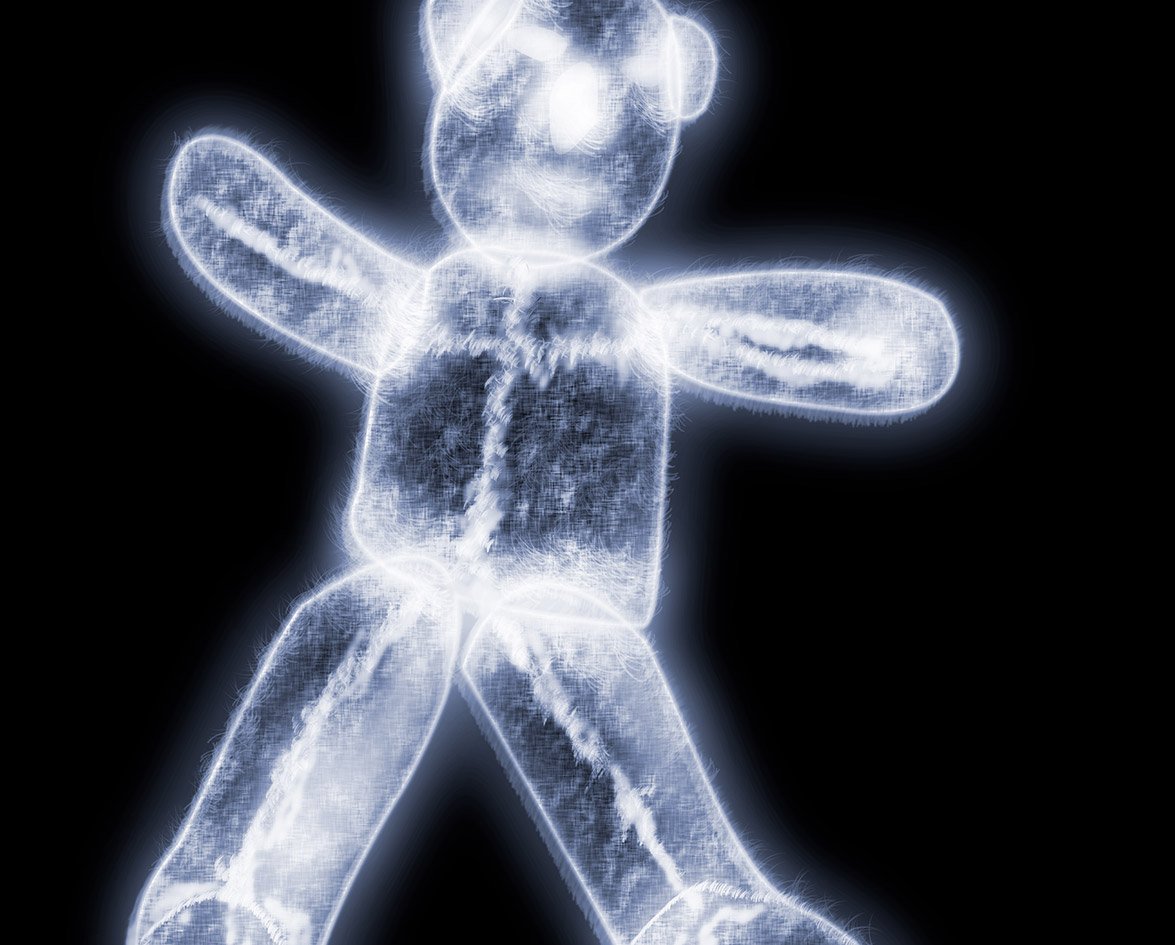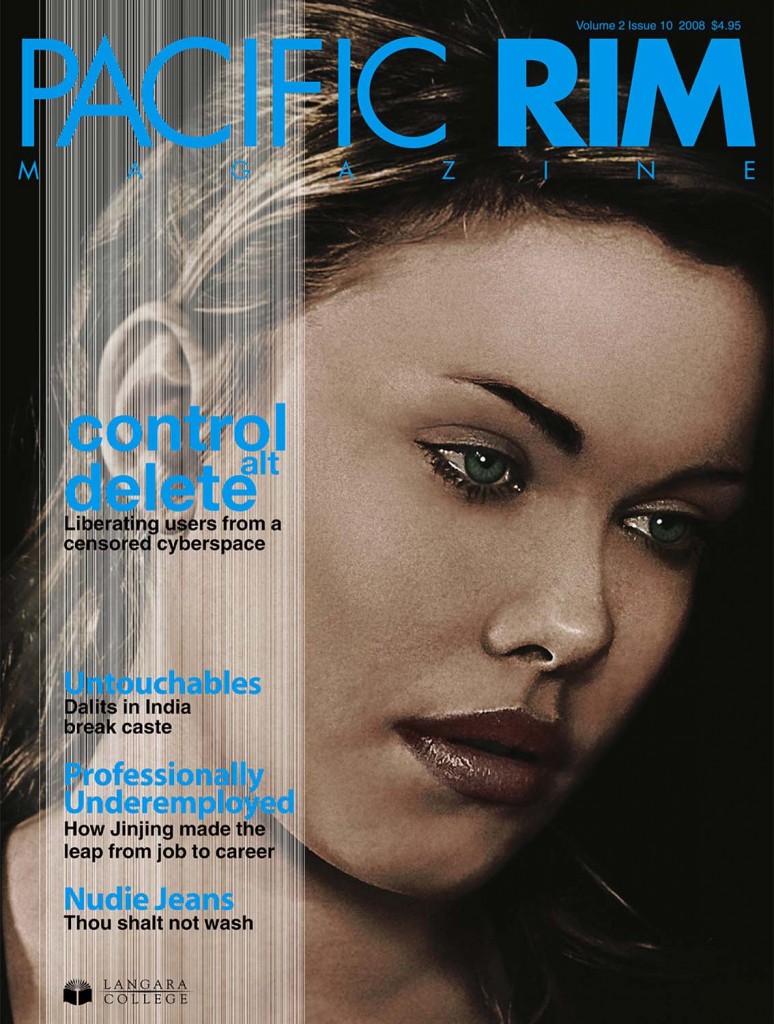On March 18, 2008 Mega Brands issued a recall affecting half a million toys deemed unsafe. A year ago, such an announcement would have incited outrage and rounds of water cooler chatter. By this point, however, few are shocked.
The half-million toy recall announced by Mega Brands covered a line of magnetic toys and due to fears children could aspirate or suffer serious intestinal injuries if the magnets are swallowed.
During the past several months, numerous toy companies have recalled many of their products. Reasons vary, from contamination from lead-based paints to choking hazards.
Large toy companies like Matell and Fisher-Price have recalled millions of toys over this past year, citing the use of harmful chemicals, choking risks and unacceptable levels of lead used in manufacturing. According to the Asia Pacific Foundation of Canada, Mattel recalled an estimated 20 million Chinese-made toys on August 14, 2007 alone. Particularly frightening, was the recall of a product called Aqua Dots.
The craft toy is coated with a toxic substance that, if swallowed, can lead to coma, seizure, and respiratory failure—this is a toy that looks like a piece of candy.
Nigel and Kerri Springthorpe are the parents of a three-year old boy, Fin, and like most parents, find the recalls perplexing. Nigel buys plastic-free bottles and is always mindful of what he and his wife are feeding Fin, but he concedes that toy safety used to be an afterthought. Today he advocates all parents making educated, informed toy-shopping decisions.
But reasoned verdicts are often at odds with children’s wishes. Saturday morning cartoons, with their onslaught of toy commercials, generally dictate what youngsters will beg for on the next trip to the toy store. While a hand-made, locally built educational toy might be the obvious better bet, when it comes down to it, a parent just wants to make their son or daughter happy. Also, toys made in China invariably cost less than toys made locally, or ones made in Europe or the United States. More often than not, the cost issue and the ‘nag factor’ win out.
Kerri adds that having a child has made her hyperaware of the potential toxicity of the world at large. “You can really drive yourself crazy thinking about it,” she laments.
It’s getting easier—the Canadian government has launched a website that helps parents find up to date information about recalled products at Healthy Canadians. This website features a comprehensive list of every toy recalled in Canada, and is regularly updated. The list is complete with photographs, making it easier for parents to pinpoint a flagged product. Brief descriptions of the toys, lists of the hazards they may possess, and manufacturers’ contact information is also included.
Toys Should Be Safe
The scares have raised the antennae of parents everywhere. Nigel believes a consumer should be able to trust a toy brand. “They’re big companies and it’s a toy. And it should be safe,” he says.
At any rate, a toy company is never the sole scapegoat; the manufacturers who supply them have also taken heat in the debacle. Toy factories, under heavy pressure to produce toys in high volume and at low cost, have been known to compromise quality and safety to stay competitive—cutting corners on their own accord by using cheaper, lead-based paint on a production run, among other things. However, Hari Bapuji, Assistant Professor in the Department of Business Administration at the I.H. Asper School of Business and Paul W. Beamish, the Professor of International Business at the Richard Ivey School of Business, found that although the number of recalls of Chinese-made toys have been on a rise, the root of these recalls were frequently design defects, and not shoddy manufacturing.
In their published findings, Bapuji and Beamish outline two major directives for toy companies: “Ensure the accountability of toy companies to improve their product designs, and second, encourage the development of global standards to enhance product safety.”
In the wake of the most recent recall, Beamish reiterated his stance in a statement to The Globe and Mail.
“Design problems are three-quarters of the reasons for all toy recalls,” Beamish says. “I think that we definitely need more attention paid to design issues and quality-control issues.”











